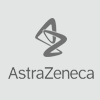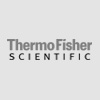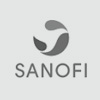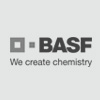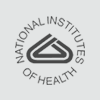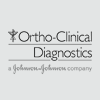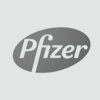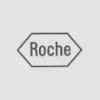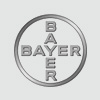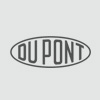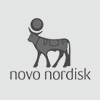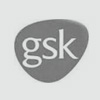- Description
- Specifications
Catalog #: CYT-220
Description:
Granulocyte Colony Stimulating Factor Human Recombinant produced in E.coli is a single, non-glycosylated, polypeptide chain containing 175 amino acids and having a molecular mass of 18.8 KD.
GCSF is purified by proprietary chromatographic techniques.
Synonyms:
CSF-3, MGI-1G, GM-CSF beta, Pluripoietin, Filgrastim, Lenograstim, G-CSF, MGC45931, GCSF.
Source:
Escherichia Coli.
Amino Acid Sequence:
The sequence of the first five N-terminal amino acids of GCSF was determined and was found to be Met-Thr-Pro-Leu-Gly.
Purity:
Greater than 98.0% as determined by:
(a) Analysis by RP-HPLC.
(b) Analysis by SDS-PAGE.
Solubility:
It is recommended to reconstitute the lyophilized GCSF in sterile 20mM AcOH not less than 100 µg/ml, which can then be further diluted to other aqueous solutions.
Formulation:
GCSF was lyophilized after extensive dialysis against 10mM sodium acetate buffer pH= 4.
Stability:
Lyophilized GCSF although stable at room temperature for 3 weeks, should be stored desiccated below -18 °C. Upon reconstitution GCSF should be stored at 4 °C between 2-7 days and for future use below -18 °C.
For long term storage it is recommended to add a carrier protein (0.1% HSA or BSA).
Please prevent freeze-thaw cycles.
Activity:
The ED50, calculated by the dose-dependant proliferation of murine NFS-60 indicator cells (measured by 3H-thymidine uptake) is < 0.1 ng/ml, corresponding to a Specific Activity of 100,000,000 IU/mg.
Physical Appearance:
Sterile Filtered White lyophilized (freeze-dried) powder.
Protein Content:
GCSF quantitation was carried out by two independent methods:
1. UV spectroscopy at 280 nm using the absorbency value of 0.815 as the extinction coefficient for a 0.1% (1mg/ml) solution. This value is calculated by the PC GENE computer analysis program of protein sequences (IntelliGenetics).
2. Analysis by RP-HPLC, using a calibrated solution of GCSF as a Reference Standard.
Usage:
Denovo Biotechnology's products are furnished for LABORATORY RESEARCH USE ONLY. The product may not be used as drugs, agricultural or pesticidal products, food additives or household chemicals.
References:
Title:Contribution of an Aged Microenvironment to Aging-Associated Myeloproliferative Disease.
Publication:Vas V, Wandhoff C, Dörr K, Niebel A, Geiger H (2012) Contribution of an Aged Microenvironment to Aging-Associated Myeloproliferative Disease. PLoS ONE 7(2): e31523. doi:10.1371/journal.pone.0031523
Link:http://www.plosone.org/article/info%3Adoi%2F10.1371%2Fjournal.pone.0031523

